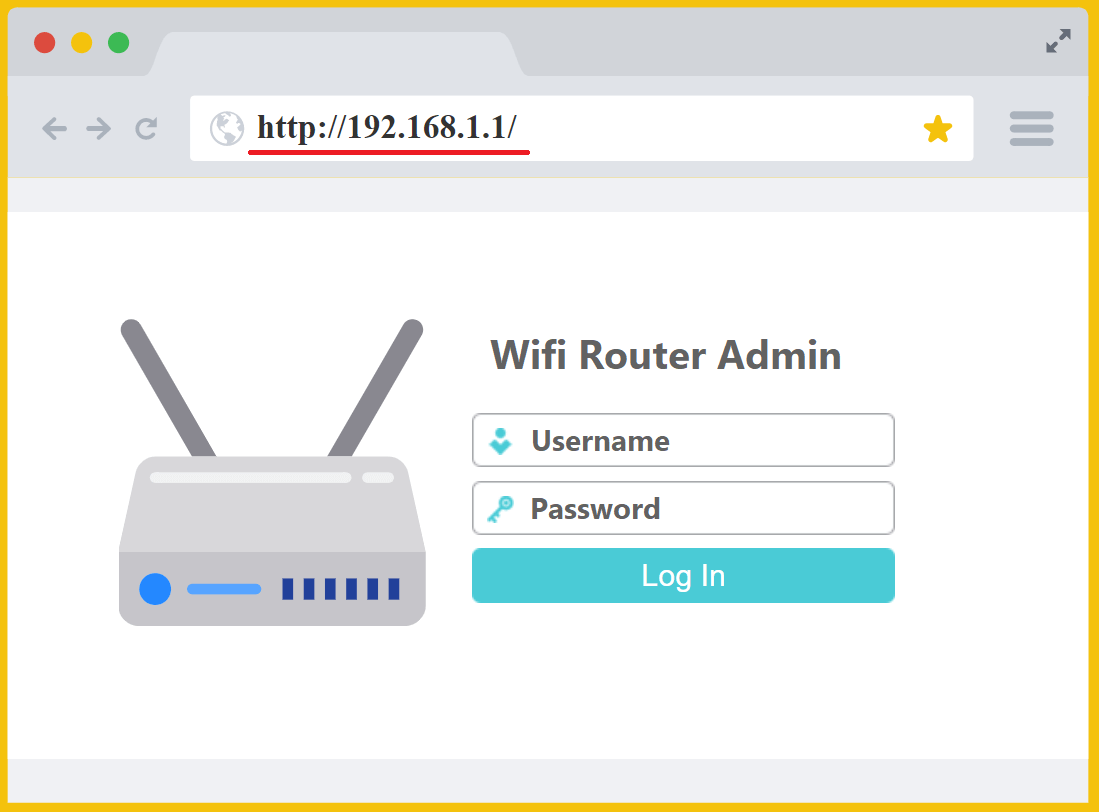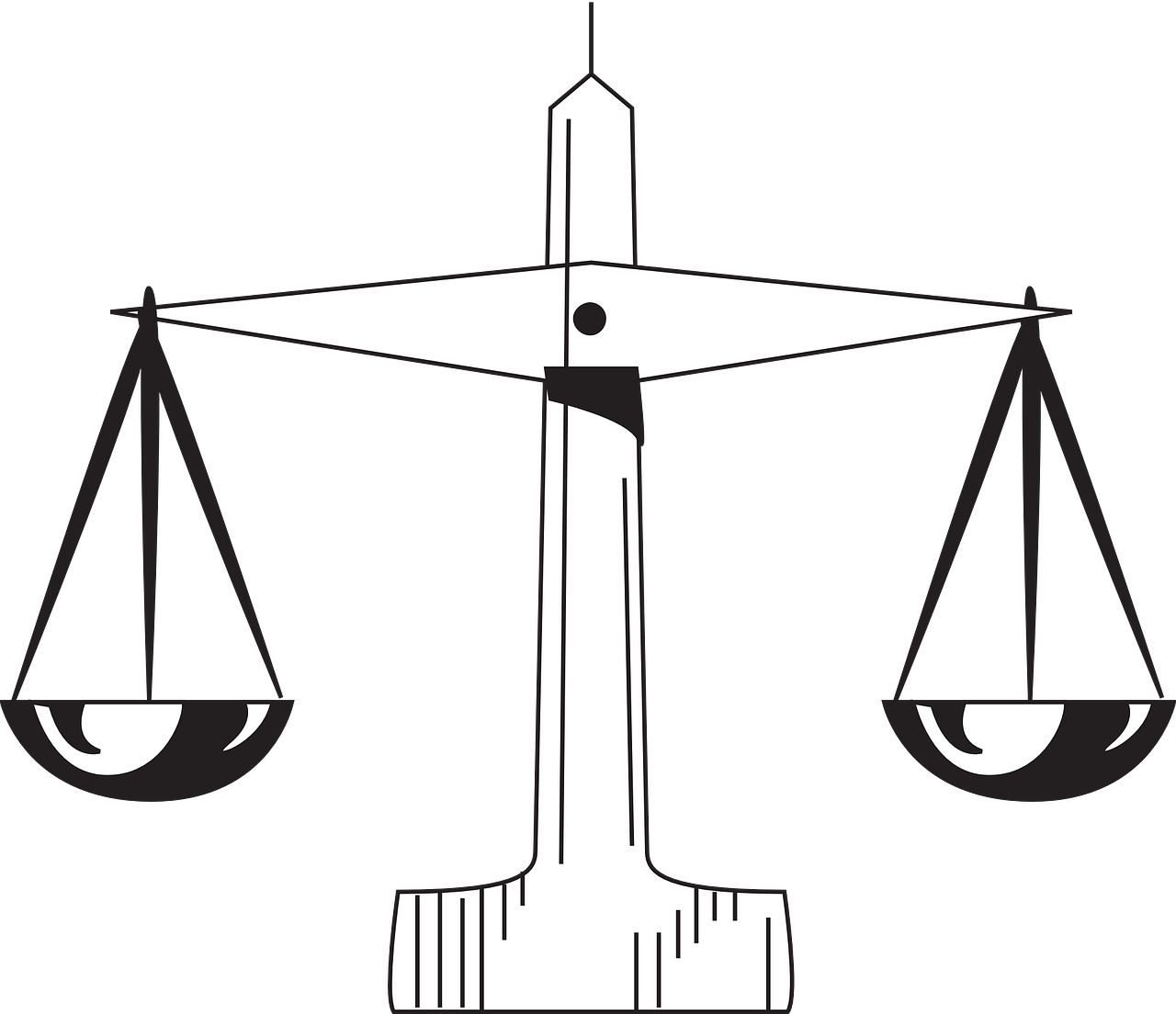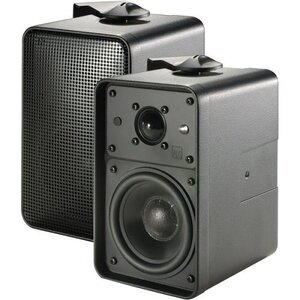How to Access and Use ftp://192.168.0.100:2221 Without Getting Lost in Tech Speak
So, you’re looking at ftp://192.168.0.100:2221 and wondering, “What exactly am I supposed to do with this?”
Maybe you’ve heard it has something to do with accessing files on a network, but the rest is foggy.
Don’t worry; we’ve got your back on this.
Why ftp://192.168.0.100:2221 Matters and What It’s Good For
If you’re working on a local network, like in a small office or a home setup, ftp://192.168.0.100:2221 acts like a pathway.
This path connects you directly to files or software stored on a specific device, one that lives at 192.168.0.100 on your local network.
The “:2221” part? That’s just a way to say, “Use port 2221 for this connection.”
And here’s where it gets cool: You don’t need fancy, third-party software to get started.
All it takes is an FTP client – many are free, like FileZilla or Cyberduck.
Let’s break down how to get this thing running and make it work for you.
What is FTP and Why Use It Here?
FTP (File Transfer Protocol) is an old-school way to move files between computers on the same network.
It’s like a super-simple road between two spots: you on one end, and your target files on the other.
When you use ftp://192.168.0.100:2221, you’re calling for a direct route to the files on that device, bypassing cluttered cloud drives and complicated interfaces.
You might be asking, “Why not just use a shared drive?”
Good question.
- Speed: FTP usually transfers large files faster than cloud storage.
- Access Control: Only people who know the exact address and port (like 2221) can access it.
- No Internet Needed: It’s all within your local network, meaning no internet is required.

Step-by-Step Guide to Accessing ftp://192.168.0.100:2221
Step 1: Install an FTP Client
There are tons of FTP clients out there, but let’s keep it simple.
FileZilla is free, reliable, and works across platforms.
- Go to the official FileZilla site.
- Download and install the client that fits your system (Windows, Mac, or Linux).
Step 2: Open FileZilla and Connect to ftp://192.168.0.100:2221
- Enter the Host: In FileZilla’s Host field, type ftp://192.168.0.100.
- Port: Type “2221” in the Port field. This tells FileZilla to go to this exact location.
- Username and Password: If your FTP server requires them, enter those now.
Click “Quickconnect,” and voila!
You’re inside the ftp://192.168.0.100:2221 directory, ready to move files back and forth.
Tip: Keep your FTP client updated for security. Older versions might have vulnerabilities.
Common Issues People Face With FTP and How to Fix Them
We get it; technology rarely goes as planned. Here are some common hiccups and how to tackle them:
“Connection Timed Out” Error
If you’re seeing this, the device hosting 192.168.0.100 might be off or not connected.
Check if the device is powered on and connected to the same network.
Incorrect Port Number
Sometimes, the default FTP port (21) sneaks in and overrides 2221.
Double-check you’re using port 2221 in FileZilla’s settings.
Firewall Blocking FTP Access
If you’re still having trouble, a firewall on the target device might be blocking FTP connections.
Consider adjusting the firewall settings to allow access on port 2221.
Pro Tip: If you don’t have access to adjust these settings, reach out to whoever manages the network.
FAQs About Using ftp://192.168.0.100:2221
Q: Do I need an internet connection to use ftp://192.168.0.100:2221?
A: Nope! Since FTP connects directly within your network, it doesn’t depend on the internet at all.
Perfect for closed systems like an office LAN or your home network.
Q: Can anyone access ftp://192.168.0.100:2221 if they have my IP and port?
A: Not necessarily.
Usually, you need a username and password, and your network’s security settings also help control access.
Q: What if I want to access this FTP from outside my local network?
A: You’d need to set up port forwarding on your router and might need a static IP.
This can get a bit tricky, so if you’re not tech-savvy, reach out to your network admin or ISP.
Q: Is there a way to make this process even faster?
A: Yes! Setting up bookmarks in your FTP client (like FileZilla) can speed things up.
That way, you won’t need to re-enter all the details every time.

Best Practices for Using FTP: Keep Things Running Smoothly
- Use Strong Passwords
Your FTP connection is only as secure as your password.
Avoid easy-to-guess ones like “password123” or “admin.” - Keep Permissions Tight
Limit access to read-only or specific folders if you’re sharing files.
Only let others see what they need, not everything. - Regularly Backup Files
FTP connections can drop, and file transfers might break.
Keep regular backups to avoid data loss during transfers. - Monitor Access Logs
If you have access to server logs, review them occasionally.
This helps you catch any unauthorized access attempts.
What to Look Out For When Using FTP with Ports Like 2221
Port 2221 is an alternative to the standard port 21, adding a layer of obscurity that can protect against certain automated attacks.
However, there’s always the risk of unauthorized access if security is lax.
Consider using SFTP (Secure FTP) if available, which encrypts data during transfer.
- Default Ports like 21 are often targeted by bots.
- Custom Ports like 2221 reduce these risks, making your FTP setup a bit harder to stumble upon.
Why This Matters: Security is especially crucial if you’re storing sensitive files.
Even though ftp://192.168.0.100:2221 is on your local network, safe practices keep your data secure.
Heads-Up: Port 2221 is not encrypted, so be cautious about the data you’re transferring.
How ftp://192.168.0.100:2221 Fits into Different Workplaces
Whether it’s a design firm sharing heavy files between team members or a home setup, FTPs on ports like 2221 are a solid choice.
Some examples:
- Small Offices: Teams often rely on FTP for moving documents without risking them over the internet.
- Media Teams: Need to transfer large video files quickly? FTP beats cloud uploads in speed and accessibility.
- Home Networks: Have a central server for movies and family photos? FTP keeps things fast and private.
Bottom Line: FTP connections like ftp://192.168.0.100:2221 streamline file access on local networks without unnecessary software or complex configurations.














Post Comment